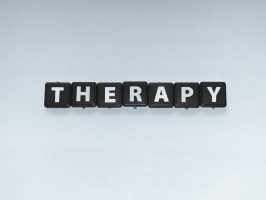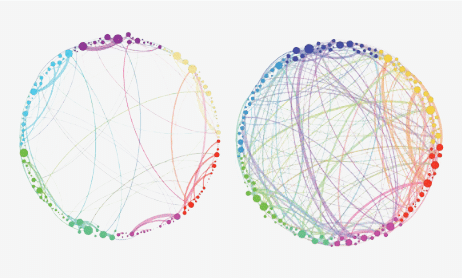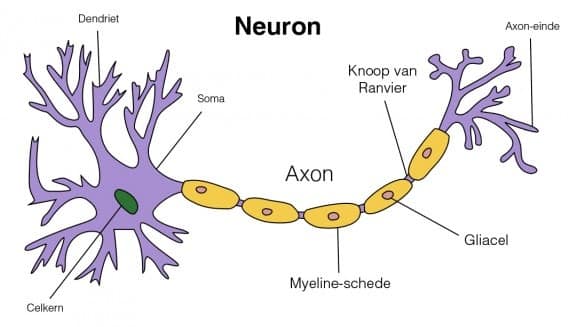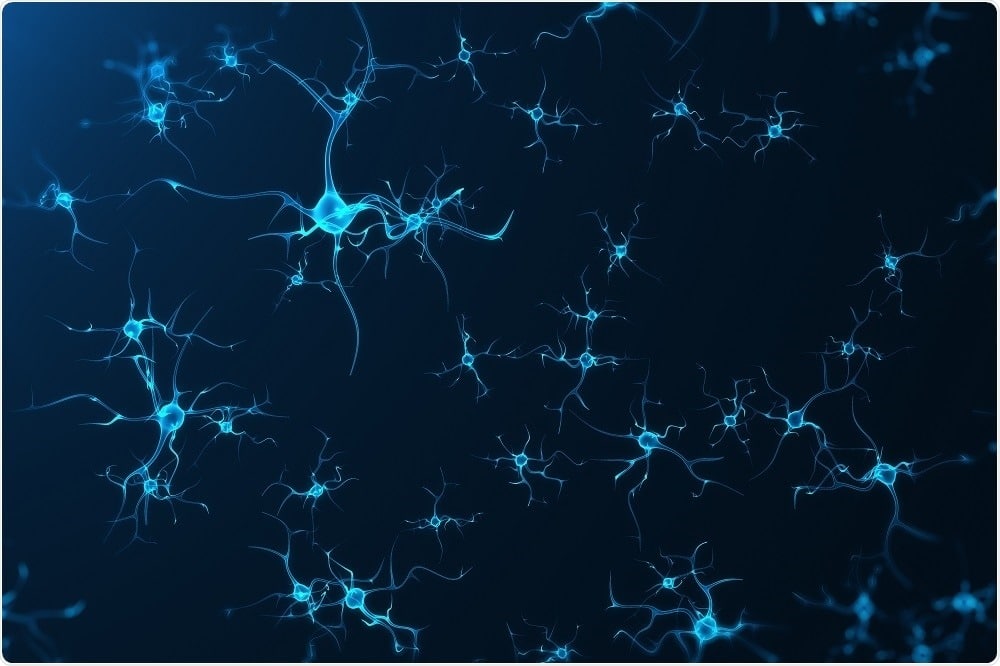What are psychedelics?
Psychedelics are psychoactive substances that can temporarily change perception and feelings. Psychedelics can enable people to resolve conflicts and trauma that underlie mental illness. Enormous neuroplasticity and reorganizations are triggered by serotonin 2A receptors in the neo-cortex that are stimulated by psychedelics and endogenous neurotransmitters. These non-patentable compounds are unattractive to big pharma and therefore research is slow. In any case, the studies that are subsidized by smaller parties show good results.
Read more about the here ongoing research into psychedelics
Psychedelics are mainly substances found in nature. This includes mushrooms, fungi, plants and animals. Psychedelics have been used by humanity for thousands of years as sacred and medicinal substances. Some even argue that religion comes from the use of psychedelic substances.
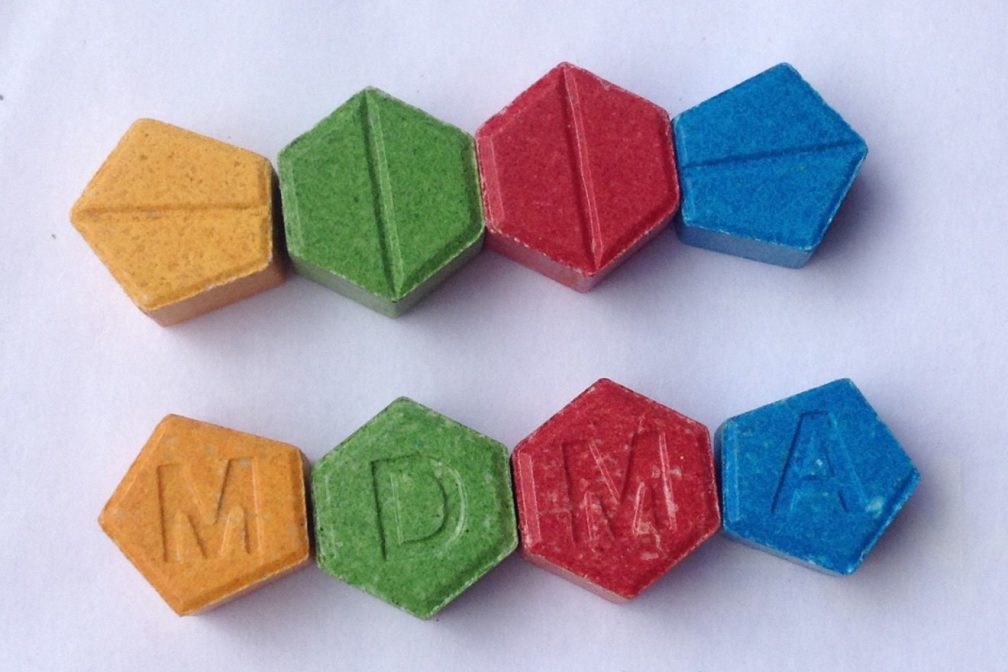
MDMA 
Truffles 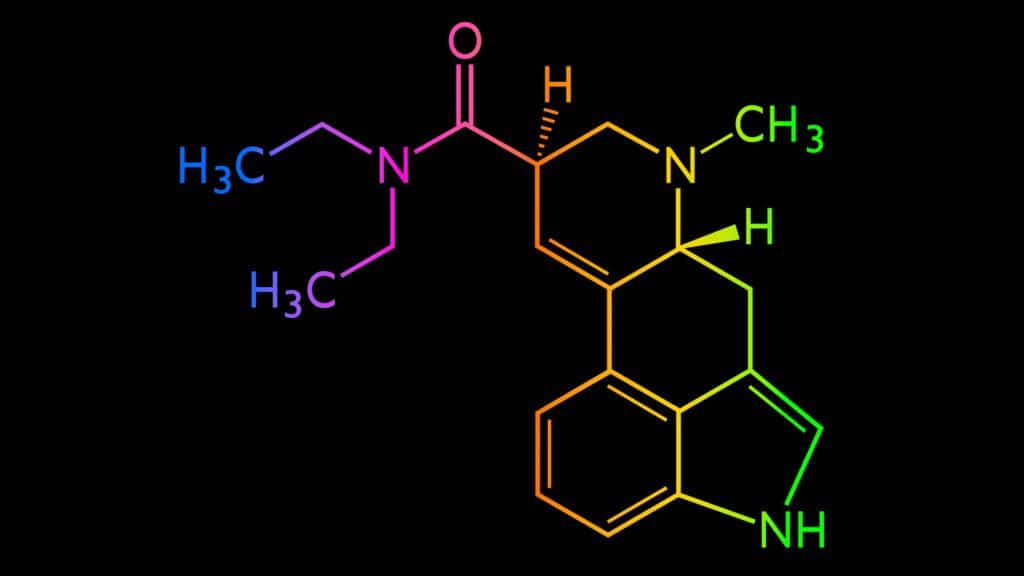
LSD
5HT2a receptors and the DMN network
Psychedelics have a major impact on the serotonin 2A receptors in the neocortex. These receptors increased connectivity between cortical neural networks that normally do not talk to each other. This increases neuroplasticity in the brain. Another nice side benefit of the psychedelic state is that the default mode network (DMN) becomes less active. The DMN is active in a neural 'resting state' and ensures that people who are not doing anything have more thoughts about the past, the future and the self-image (such as 'ego'). A less active DMN due to psychedelics therefore ensures less self-awareness, less fear for the future and therefore lower control of the amygdala towards the adrenal glands, resulting in less cortisol secretion. Furthermore, the activation of 5HT2A receptors triggers neuroplastic changes, both functional and structural. This is due to the fact that more BDNF hormone is produced, which ensures the recovery and production of new nerve cells/neurons.
Read more about it here Default Mode Network and psychedelics
Read more about this here BDNF and psychedelics
What do you experience during a psychedelic trip?
In addition to the changes in the physical (biochemical and electrochemical) field, there is also a subjective experience that changes compared to daily existence. Depending on the dosages and the person in question, different effects occur and the intensity of those effects can vary. Besides the hallucinations, other effects also occur. Patients' subjective experiences include ego death (breaking down of thought-filled, controlling, and rigid aspects of our mind), connection, access to emotions, memories, access to the subconscious, and a change in previously rock-solid beliefs about oneself and the world . Sometimes the start of such a session is a challenge because in addition to the beautiful effects, tension can first arise due to the need for control over the effect of the psychedelics. A good therapist or counselor will help you through the beginning, increasing your therapeutic potential. During the peak of a therapeutic session, emotions are allowed to come to the surface so that they no longer form a blockage in the future.
Read more about the different ones here dosages and effects of psilocybin (magic mushrooms/truffles)
Read more about this here hallucinations due to psychedelics
Psychedelics against PTSD, trauma, depression, addiction, social anxiety and burnout
In trip therapy we mainly use psychedelics against depression and addiction problems. We also help many customers with anxiety-related complaints. Each approach is slightly different and we take personal circumstances into account. We provide personal advice based on an intake where we also estimate how we can improve the neurochemistry before the session. We also provide tips to prepare for the session. The preparation and the psychedelic session synergistically strengthen the effect, increasing the chance of success. Are you curious about the different routes? Then read more via the links below.
